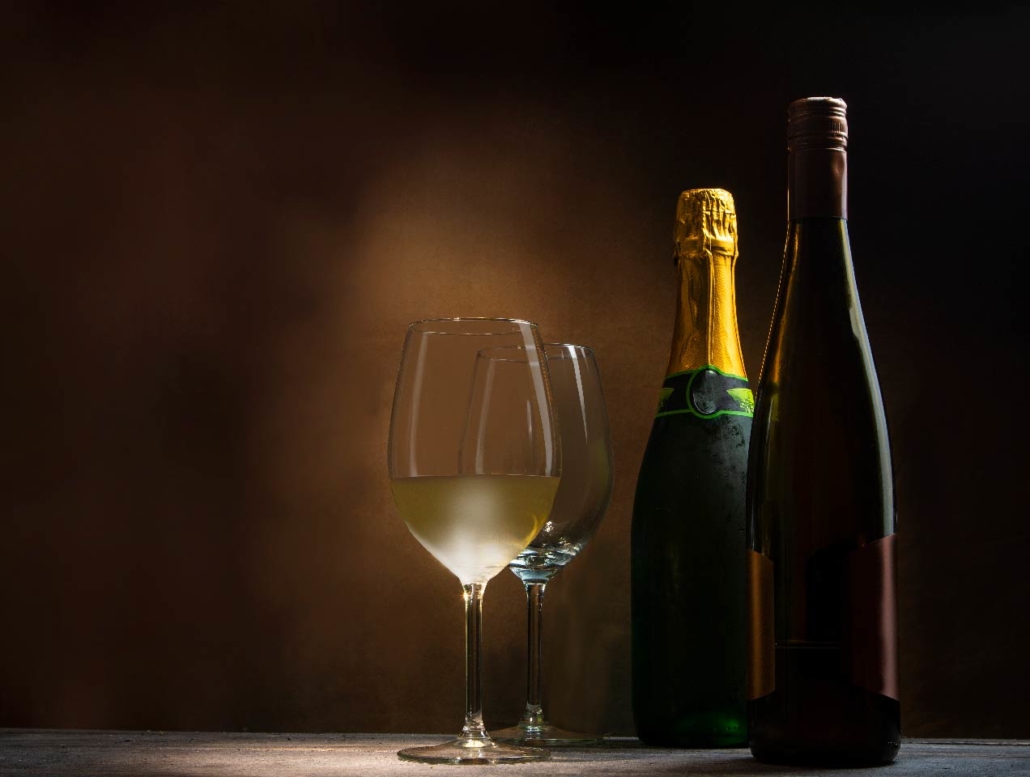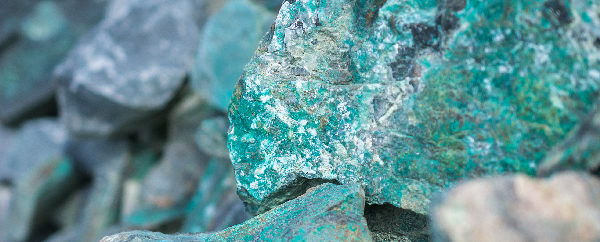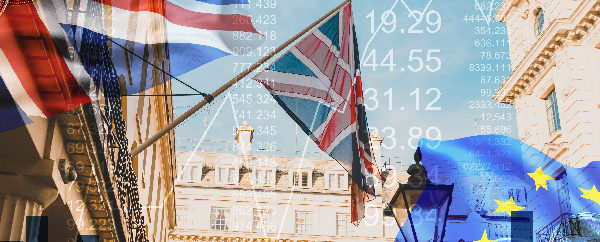When buying wines and spirits as investments, it’s important to consider not only the quality of the bottle, but also its scarcity – together quality drives demand, while rarity drives down supply, all of which is good news for the long-term value of the investment.
This of course is true of other investments and of purchases in general, where a good-quality product can generally sell for a higher price if it is a limited edition.
And when that limited edition sells out, as is the case with vintage wines, the price can start to skyrocket as buyers are increasingly forced to pay the premium for a product that is no longer widely available.
Lay down the limits
In some cases, availability is deliberately limited in order to increase the level of competition for a particular label.
There might be a good reason for that – for example if a particularly fine wine is produced by a relatively small vineyard, or from a handful of vines of a specific variety grown on a much larger vineyard.
But it can also be a tactical choice to limit the number of bottles, and this is often the case in the spirits market where a strictly limited edition might be released to mark a celebration, special occasion or anniversary date.
Numbered releases
When numbers are kept very low – typically under 1,000 bottles, although sometimes also with larger releases – it’s not uncommon to see each bottle marked with a unique number.
This may be accompanied by a certificate of authenticity, just one kind of provenance that helps to fill in the history of the bottle.
It can also add to the appeal of gifting the bottle, and in many cases buyers are willing to pay more for an item they intend to give as a gift, especially if it holds specific sentimental value such as coinciding with a birthday or anniversary year.
Bestsellers from the cellars
Desirable beverages are among some of the highest-priced lots bought at auction around the world.
Examples include:
- A hand-painted bottle of Macallan 60 Year Old single malt whisky sold for a record £1.2 million at Christie’s.
- A bottle of Domaine de la Romanee Conti sold at Sotheby’s for $558,000, a record-breaking figure for any bottle of wine.
Both benefit from rarity, with the Macallan combining the scarcity of the liquid with a unique bottle featuring a hand-painted design by the Irish artist Michael Dillon.
A tale to tell
Provenance is another important factor, and this can make specific bottles unique, even if they are not alone in their label or vintage.
A compelling background story can drive the selling price higher, as Drew Mills, marketing director at Diageo Brands for Moet Hennessy Diageo Hong Kong, recently told Hong Kong Tatler.
Speaking of the Port Ellen 39 Year Old, Mills said: “Port Ellen is one of our most special and most loved liquids. The distillery closed in the early 80s and, as such, very little liquid remains.
“This is of huge appeal to collectors, who know they are buying a piece of history that cannot be replicated.”
Beyond wine and whisky
Investing in alcoholic beverages doesn’t stop at fine wines and single malt whisky – an ever-growing array of alcohol and spirits is finding fortune from investors.
Mills told HK Tatler that rum is a rising star, while cognac and armagnac sell well in the UK and limited releases of tequila have been successful in the US.
“While whisky is clearly the category in highest demand, there is certainly a growing interest in rum from a small but dedicated fan base,” the Diageo spokesperson said. “It’s a deliciously rich spirit with great heritage and, like whisky, often with interesting stories to tell.”
About origin
Origin is a broad element in alcohol investment. It relates to the country of origin, the region in which wine is produced, and can also be a factor in the bottle’s route to market.
Some bottles are never put on general sale, but are instead released directly to collectors, specific retailers, or even sent directly to auction to raise the highest initial selling price.
This again is good news in terms of provenance – buying direct from the vineyard or distillery is the surest way to guarantee that the liquid in the bottle is legit – but it has interesting implications for those looking to invest in a particular nation’s economy.
With China thriving in the 2010s, the Asian spirit maotai is worth a look. Bottles dating back to the 1960s-70s can be found at auction, and often sell high with considerable investor attention.
https://hk.asiatatler.com/life/liquid-assets-why-rarity-is-key-when-investing-in-spirits
Disclaimer: The information provided here is not investment, tax or financial advice. You should consult with a licensed professional for advice concerning your specific situation.




